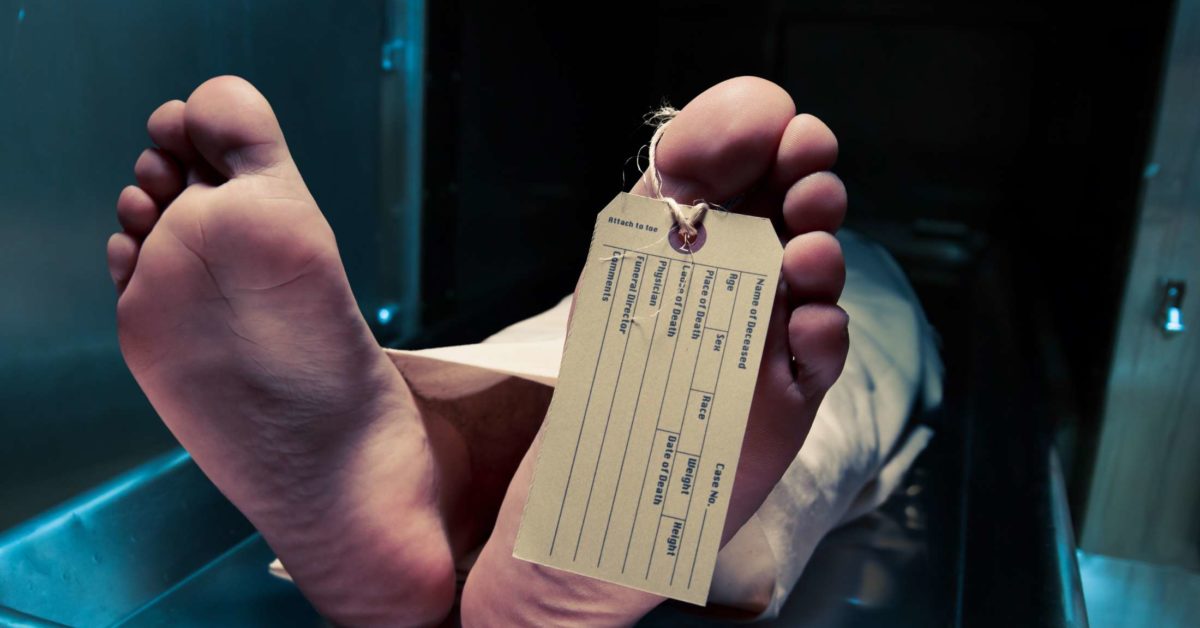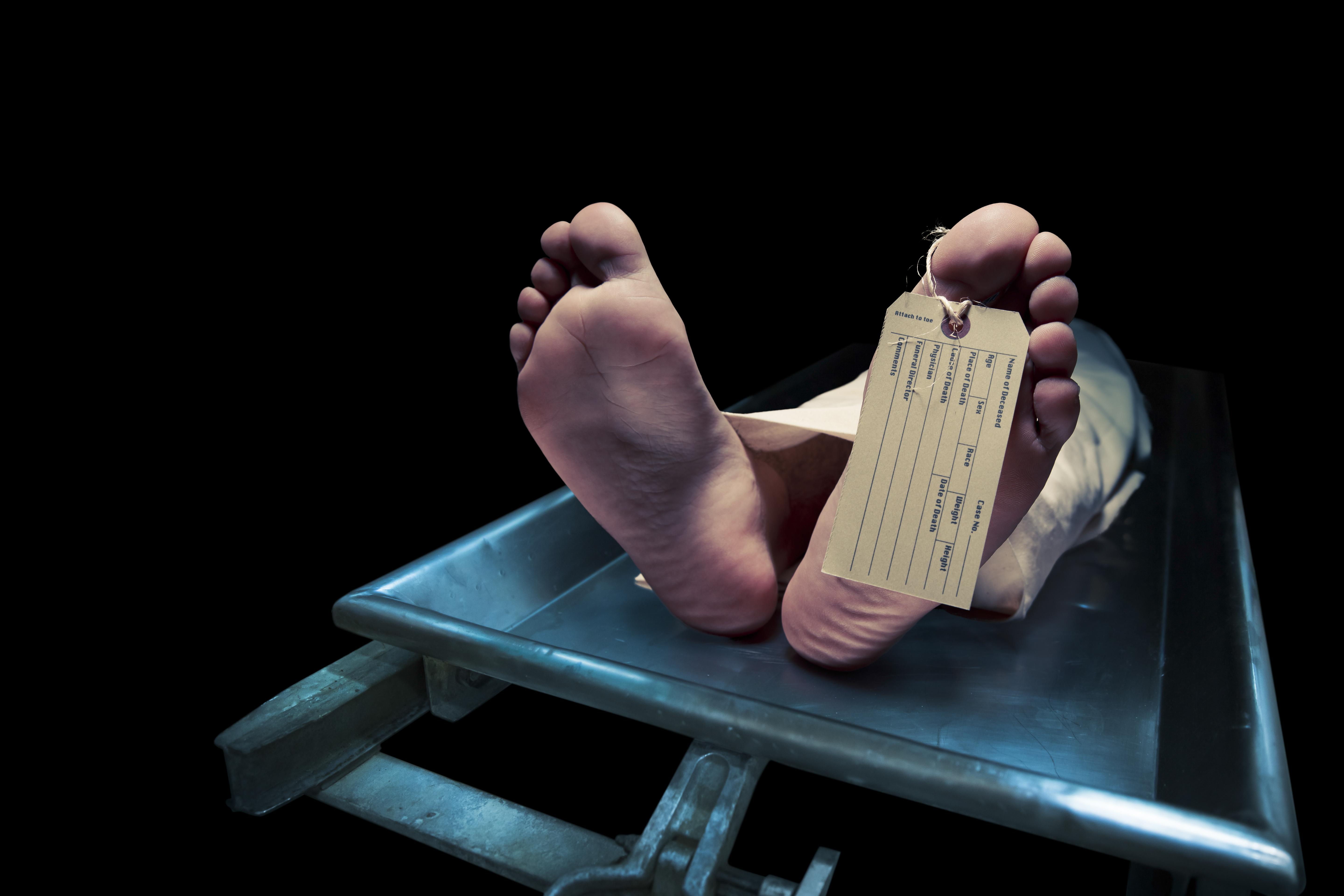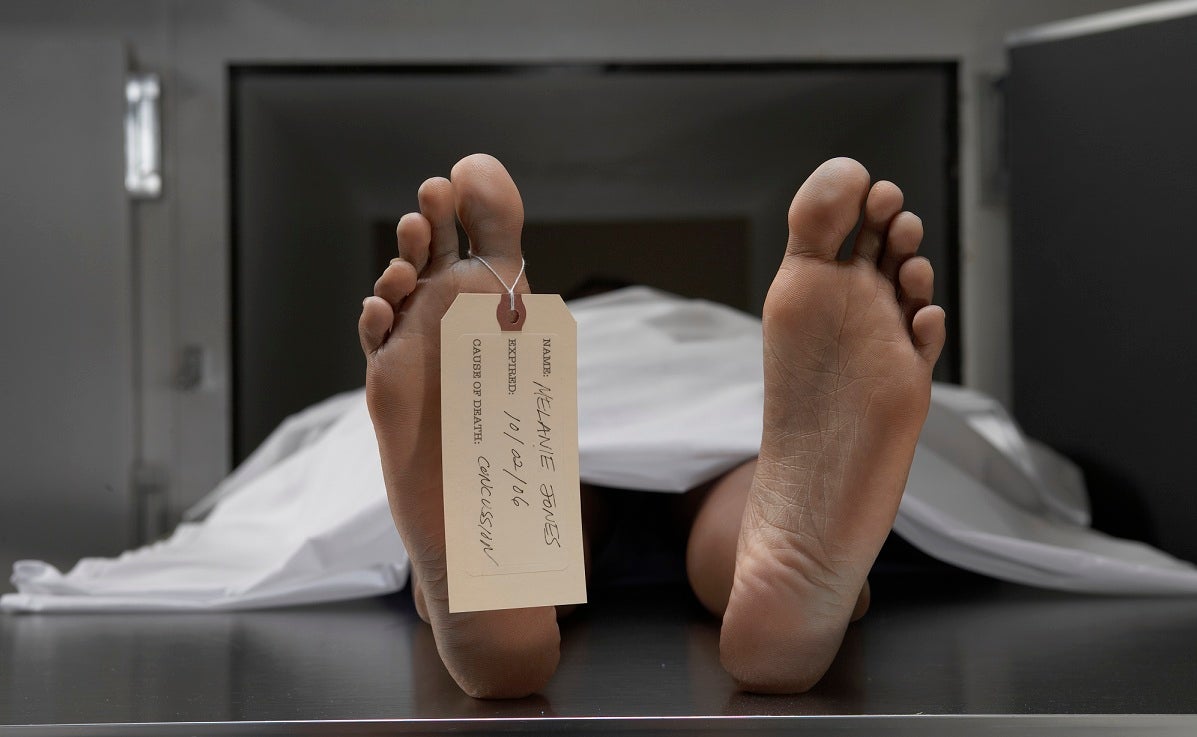Understanding Dead Drunk Obscenity: Risks, Legality, & Prevention
In the tapestry of modern society, where personal freedoms and communal responsibilities often intersect, the phenomenon of "dead drunk obscenity" stands out as a significant concern. This isn't merely about someone having had too much to drink; it delves into a state of extreme intoxication coupled with behavior that is publicly offensive, disruptive, or even dangerous. Understanding this complex issue is crucial for public safety, legal awareness, and fostering a more respectful communal environment.
The phrase itself evokes vivid, often uncomfortable, imagery: individuals so profoundly impaired by alcohol that their actions become uncontrollable, their speech slurred into incoherence, and their conduct offensive to public decency. This state poses not only a risk to the individual experiencing it but also to those around them, impacting public order, safety, and the overall quality of life in shared spaces. Addressing "dead drunk obscenity" requires a multifaceted approach, encompassing legal frameworks, public health initiatives, and a collective commitment to responsible behavior.
Table of Contents
- Defining "Dead Drunk Obscenity": Beyond Mere Intoxication
- The Perils of Extreme Intoxication: Health and Safety Risks
- Legal Ramifications: When Public Intoxication Crosses the Line
- Social Impact: Eroding Public Decorum and Community Harmony
- Preventing "Dead Drunk Obscenity": A Shared Responsibility
- Addressing Underlying Issues: Alcohol Abuse and Mental Health
- Case Studies and Real-World Implications
- The Path Forward: Fostering Safer and More Respectful Public Spaces
Defining "Dead Drunk Obscenity": Beyond Mere Intoxication
To truly grasp the gravity of "dead drunk obscenity," it's essential to differentiate it from simple intoxication. While many people consume alcohol responsibly and enjoy its effects without incident, "dead drunk" signifies a level of severe alcohol poisoning where an individual's cognitive and physical functions are profoundly impaired. This state can lead to unconsciousness, vomiting, and even life-threatening respiratory depression. The "obscenity" component refers to the public display of behavior that is offensive, indecent, or disruptive due to this extreme intoxication. This can range from public urination and aggressive outbursts to incoherent shouting and exposure.
Unlike merely being tipsy or moderately drunk, a person who is "dead drunk" has lost control over their faculties to a significant degree. Their judgment is severely compromised, their inhibitions are non-existent, and their ability to care for themselves or others is diminished. This extreme state is often a precursor to serious health complications, accidents, or legal infractions. The "obscenity" aspect highlights the impact of such behavior on the surrounding community, transforming a personal health crisis into a public nuisance or threat. It’s a stark reminder that alcohol consumption, when taken to extremes, can have far-reaching negative consequences beyond the individual.
The Perils of Extreme Intoxication: Health and Safety Risks
The most immediate and severe risks associated with being "dead drunk" are to the individual's health and safety. Alcohol poisoning is a life-threatening emergency that can lead to coma or death. Symptoms include confusion, vomiting, seizures, slow breathing, irregular heartbeats, and low body temperature. Without immediate medical attention, the consequences can be fatal. Beyond the acute dangers of poisoning, individuals in this state are highly vulnerable to accidents, falls, and injuries. Their impaired coordination and judgment make them susceptible to walking into traffic, falling down stairs, or becoming victims of crime.
Moreover, the long-term health implications of repeated episodes of extreme intoxication are significant. Chronic heavy drinking can lead to liver damage, heart disease, neurological problems, and an increased risk of various cancers. The cycle of binge drinking that often precedes a "dead drunk" state also takes a heavy toll on mental health, exacerbating conditions like depression and anxiety. For those who frequently find themselves in such a condition, it often signals a deeper struggle with alcohol dependence or addiction, necessitating professional intervention and support.
Legal Ramifications: When Public Intoxication Crosses the Line
When "dead drunk obscenity" occurs in public, it quickly transitions from a personal health crisis to a legal issue. Most jurisdictions have laws against public intoxication, disorderly conduct, and public indecency. An individual exhibiting "dead drunk obscenity" is highly likely to violate one or more of these statutes. Police officers are often called to address situations involving highly intoxicated individuals who are causing a disturbance, and their primary concerns are public safety and maintaining order.
Consequences can range from fines and citations to arrest and jail time. In some cases, individuals may be taken to a detoxification center rather than jail, especially if their health is at risk. However, repeat offenses or particularly egregious behavior can lead to more severe penalties. The legal system views "dead drunk obscenity" not just as a lapse in judgment but as a breach of public peace and a potential danger. These legal ramifications underscore the societal expectation that even in moments of personal indulgence, individuals must maintain a basic level of public decorum and safety.
Social Impact: Eroding Public Decorum and Community Harmony
Beyond the individual and legal consequences, "dead drunk obscenity" has a tangible negative impact on the social fabric of communities. Public spaces are meant to be shared, safe, and enjoyable for everyone. When individuals engage in offensive or disruptive behavior due to extreme intoxication, it diminishes the quality of these spaces for others. It can create an atmosphere of discomfort, fear, or even disgust, deterring families and individuals from using public amenities.
The presence of "dead drunk obscenity" can also strain community resources, diverting emergency services and law enforcement from other pressing issues. It can perpetuate negative stereotypes about certain areas or events, affecting local businesses and tourism. Ultimately, it erodes the collective sense of public decorum and mutual respect that is vital for a harmonious society. Addressing this issue is not just about enforcing laws; it's about preserving the shared values that allow communities to thrive.
Preventing "Dead Drunk Obscenity": A Shared Responsibility
Preventing "dead drunk obscenity" requires a concerted effort from individuals, event organizers, law enforcement, and community leaders. It's a complex challenge that demands a multi-pronged approach focused on education, responsible practices, and supportive interventions.
Individual Accountability and Responsible Consumption
At the most fundamental level, prevention begins with individual accountability. Educating the public about the dangers of excessive alcohol consumption, the signs of alcohol poisoning, and the legal and social consequences of public intoxication is paramount. Promoting responsible drinking habits, such as setting limits, alternating alcoholic beverages with water, eating before and during drinking, and arranging for safe transportation, can significantly reduce the likelihood of reaching a "dead drunk" state. Campaigns that emphasize personal responsibility and the impact of one's actions on others are crucial in fostering a culture of mindful consumption.
The Role of Event Organizers and Public Spaces
For events and venues where alcohol is served, organizers play a critical role in preventing "dead drunk obscenity." This includes implementing strict policies on responsible alcohol service, such as training staff to identify signs of intoxication and refusing service to overly intoxicated patrons. Security personnel should be adequately trained to handle disruptive behavior and to intervene safely when individuals are in distress. Clear communication about acceptable conduct and consequences for violations is also essential.
Consider the vast array of public gatherings, from local community events and festive giveaways to large-scale cultural phenomena that draw immense crowds. Event organizers for any such gathering, whether it's a small town fair or an immersive experience like "Mountains of the Moon" being produced in collaboration with the Grateful Dead for Fall 2025, must prioritize attendee safety and responsible behavior. They need to "customize your notifications to ensure you don't miss out on local events, giveaways, and more," but also ensure that their security and medical protocols are robust enough to handle potential issues related to over-intoxication. Historically, large cultural events, such as conferences sponsored by entities including the Grateful Dead and attended by luminaries like Kesey & Babbs, have always had to manage the dynamics of large crowds and varying levels of sobriety. While the spirit of such gatherings, often celebrated through music from the Grateful Dead's Americana era with songs like "Casey Jones," "High Time," and "Dire Wolf," is about community and shared experience, responsible management is key to preventing negative incidents. The improvisational connectedness that defines some artistic projects also highlights the need for a structured approach to public safety at events.
Community Engagement and Support Systems
Communities can also implement strategies to address "dead drunk obscenity." This includes providing accessible public transportation options, establishing safe zones or chill-out areas at events, and offering bystander intervention training to empower individuals to act when they see someone in trouble. Law enforcement agencies can work collaboratively with public health officials to offer alternatives to arrest for intoxicated individuals, focusing on rehabilitation and support rather than just punishment. Furthermore, fostering a community culture that values respect, empathy, and mutual responsibility can significantly reduce the incidence of offensive public behavior.
Addressing Underlying Issues: Alcohol Abuse and Mental Health
Often, episodes of "dead drunk obscenity" are symptoms of deeper underlying issues, such as alcohol abuse disorder or co-occurring mental health conditions. Simply addressing the immediate public disturbance without tackling the root cause is a temporary fix. Public health initiatives should focus on increasing access to addiction treatment, counseling services, and mental health support. Early intervention programs, educational campaigns on the risks of binge drinking, and destigmatizing seeking help are vital components of a comprehensive strategy.
Recognizing the signs of problematic drinking in oneself or others and encouraging professional help can break the cycle of repeated extreme intoxication. Resources like helplines, support groups, and rehabilitation centers offer pathways to recovery, ultimately benefiting not just the individual but the entire community by reducing instances of "dead drunk obscenity" and fostering healthier lifestyles.
Case Studies and Real-World Implications
Examining real-world scenarios helps illustrate the pervasive nature and varied contexts of "dead drunk obscenity." From bustling city centers on weekend nights to large-scale festivals and sporting events, the potential for public intoxication leading to offensive behavior is ever-present. For instance, many cities report a significant increase in public order offenses during major holidays or after large sporting victories, directly correlated with increased alcohol consumption. These incidents often strain local emergency services and require significant police presence to manage.
Conversely, events with well-planned alcohol management strategies, such as limited serving hours, designated sober zones, and strong security presence, often report fewer incidents of extreme public intoxication. These examples highlight that while individual responsibility is paramount, the environment and organizational efforts play a crucial role in mitigating the risks. The continuous evolution of event planning, from the official site of the Grateful Dead detailing their history and future projects to the intricate details of a tapers’ section where fans enjoy music from specific years like 1974, 1984, and 1988, demonstrates that large gatherings can be managed effectively with foresight and responsible practices. Even the availability of dedicated channels, such as the Grateful Dead Channel (Ch. 23) on SiriusXM car radios, reflects a structured approach to managing a large, dedicated fan base, which indirectly contributes to a more organized public environment around their cultural phenomena.
The Path Forward: Fostering Safer and More Respectful Public Spaces
The issue of "dead drunk obscenity" is a microcosm of broader societal challenges related to public health, individual freedom, and communal responsibility. Addressing it effectively requires a holistic approach that combines enforcement with education, prevention with support, and individual accountability with collective action. By raising awareness about the dangers of extreme intoxication, promoting responsible alcohol consumption, and creating safer public environments, communities can work towards minimizing the occurrence of such disruptive and potentially dangerous behaviors.
Ultimately, the goal is to foster public spaces where everyone feels safe, respected, and can enjoy their surroundings without fear of encountering offensive or dangerous behavior stemming from extreme intoxication. This collective endeavor benefits not only those who might otherwise fall victim to "dead drunk obscenity" but also strengthens the bonds of community and enhances the quality of public life for all. Let's commit to fostering environments where responsible choices are the norm, and where support is readily available for those who need it most.
What are your thoughts on how communities can better address "dead drunk obscenity"? Share your experiences and insights in the comments below, or consider sharing this article to spark a wider conversation about responsible public conduct and safety.

The Lazarus phenomenon: When the 'dead' come back to life

Dead bodies keep moving for more than a year after death, new study

This is what it’s like to be dead, according to a guy who died | The